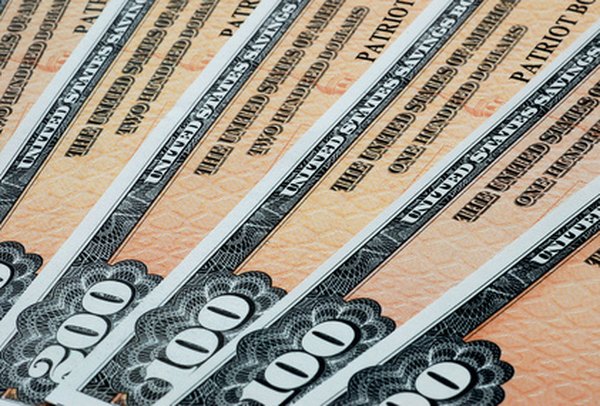How to Calculate Yield on a Bond Equivalent Basis
Bond yields are calculated on an annual basis.
savings bonds image by Stephen VanHorn from Fotolia.com
The bond equivalent basis is the non-annual bond rate in annual terms. It can be implicitly calculated through the difference in bond prices. The bond equivalent basis yield then helps investors to adequately compare two different rates. Without a comparable rate, investors are comparing apples and oranges. Instead, they can use a simple calculation to convert the yield rate. Professional investors will automatically convert this rate through computer calculation. However, individual investors may convert the rate manually.
Gather the information about your bond investment. The data you need includes the face value, the purchase price and the days until maturity.
Step 2Input the data into the formula to find the bond equivalent basis. The calculation is face value minus purchase price then divided by purchase price. This number is multiplied by 365 divided by the days until maturity. ((face value - purchase price) / purchase price) x (365 / days until maturity)
Step 3Complete the calculation by filling in the data and computing. In this example, we will use 97 for purchase price, 110 for face value and 60 days until maturity. ((110 - 97) / 97) x ( 365 / 60) = .81
References
Writer Bio
Kathy Zheng is a personal financial planner. She holds a Bachelor of Arts in economics and is certified as a level 1 financial adviser.

